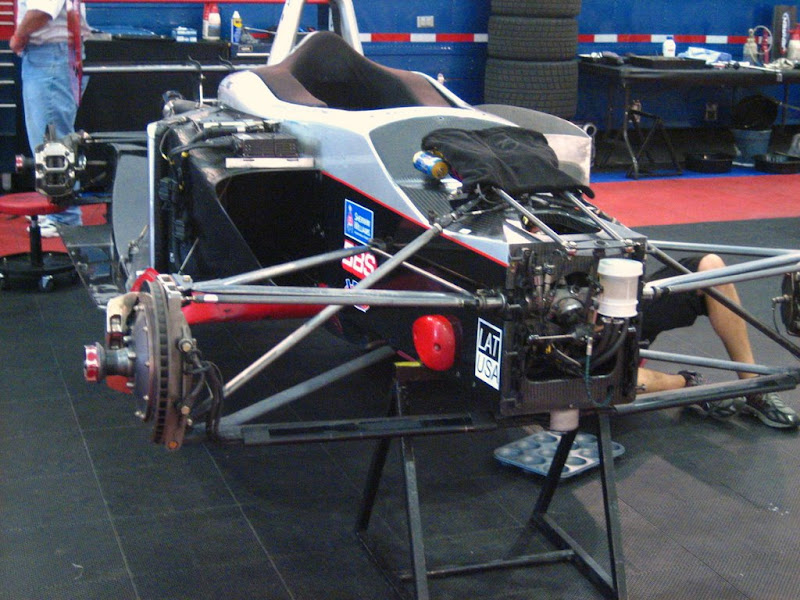The ads that include flash animation with complicated overlays and other fancy techniques are a little more problematic, but are also easily overlooked by a frequent web surfer.
What caught my eye with this particular article was that the ad was actually a screen of snow. That snow is the kind seen on your tv screen when your cable goes out, not the kind that makes you go, "burrr". See the screenshot below.

The ad was made to look like a TV without a proper signal. It didn't have a picture of the product or any information about the subject. I was intrigued. I knew the game, the ad sponsors were hoping that I would be so curious that I would click the ad just to see what it was, even though I may have no interest in their product.
Normally, I would never knowing click on one of these ads because they are for things I'm not in the market for. But, I decided to reward the creative used by the ad and click on it. What was the product? IBM blade servers. If IBM's strategy was to get a very high click-through for their ad, I think that they were spot on. I imagine that more people will click on the ad just through curiosity (like I did). However, any good marketing campaign is going to have other metrics to measure success in addition to clickthroughs. My guess is that they will see very low numbers of users actually stay on the destination site or even continue on to learn about or buy the main product being sold through the ad. The ratio of users clicking the ad and users taking the additional second or third steps will be very low. If this were a product aimed at the youth demo, where creative viral campaigns can be effective if executed correctly, this ad would be better. But since is IBM selling blade servers (to medium and large and mega-large companies) I don't think that the ad will be effective.
IBM's target customer doesn't want to be surprised by a creative ad, they want to buy something solid, reliable and secure. A snow ad isn't going to impress them and isn't going to be a way that CTO get his/her information on what type of servers to procure.














